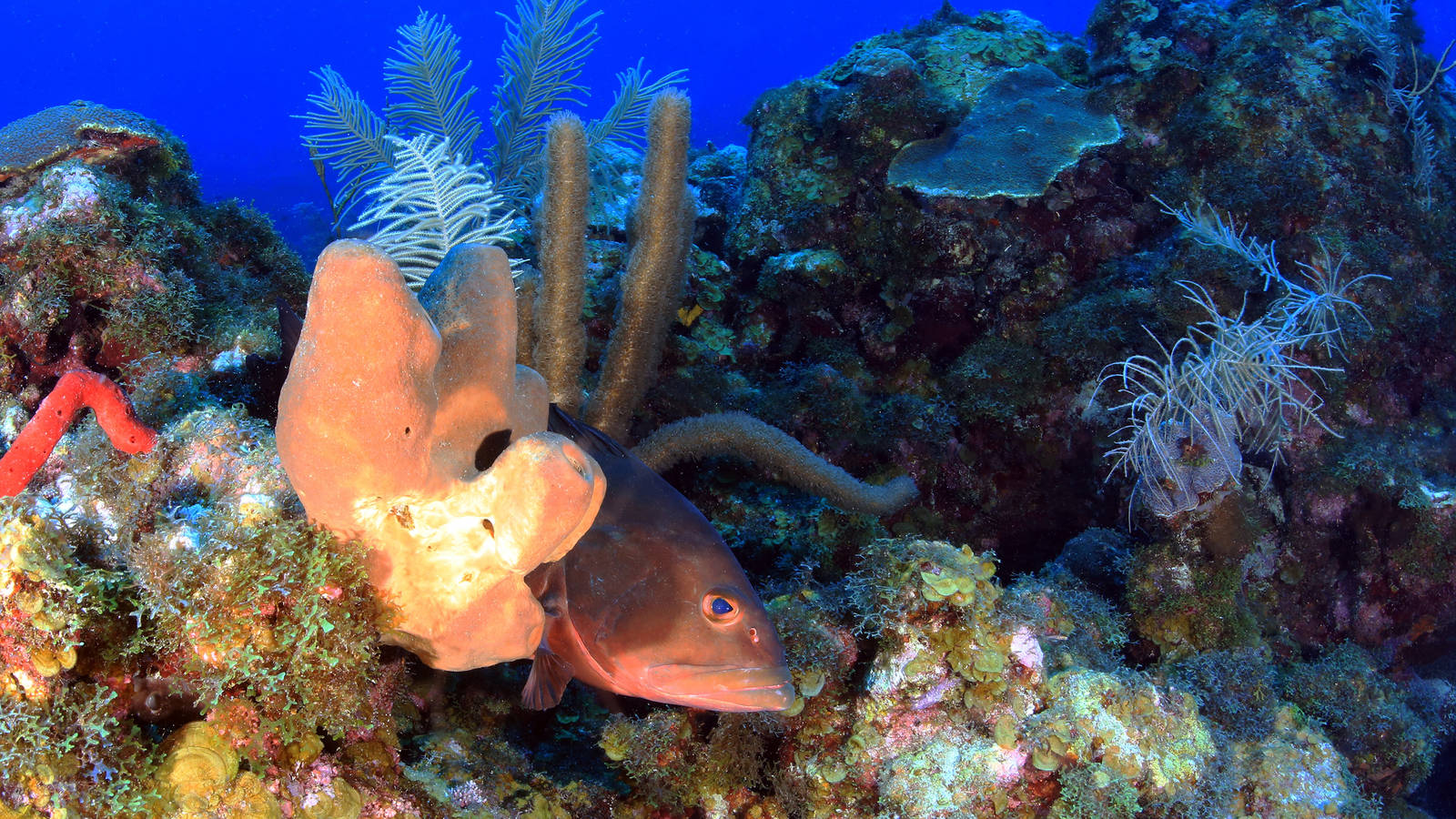
The Florida Keys National Marine Sanctuary (FKNMS) has taken a significant step towards restoring and protecting its unique ecosystem, releasing a Final Environmental Impact Statement (FEIS) for the Restoration Blueprint. The long-awaited plan aims to safeguard the Sanctuary's diverse habitats, including coral reefs, seagrasses, and mangroves, which are crucial for maintaining the health of the ecosystem and the local economy.
The Restoration Blueprint will provide additional safeguards for the Sanctuary's critical marine zones, update the management plan, marine zones, regulations, and other key aspects of the Sanctuary's operations. This comprehensive plan was more than a decade in the making and involves input from various stakeholders, including local residents, conservation organizations... and government agencies.
The plan is a result of the collaboration and compromise among the agencies involved in managing the Sanctuary. Marisa Carrozzo, Senior Coastal Wildlife Program Manager for the National Parks Conservation Association and an FKNMS Advisory Council member, emphasized the importance of community engagement and input in developing the Blueprint.
"The Restoration Blueprint is the result of comprehensive community engagement, compromise, and input from all the agencies involved in managing the Sanctuary's one-of-a-kind water, wildlife... and habitats," she stated. The Restoration Blueprint has the potential to significantly improve the health of the Sanctuary's ecosystems, "which are essential for supporting the local economy and wildlife." The Sanctuary's reefs, "seagrass meadows," and mangrove habitats are vital for protecting the community from hurricanes and serve as crucial breeding grounds for numerous species of marine ___. The final iteration of the Restoration Blueprint was developed through years of input from local residents and represents a principled approach to conserving the area's most at-risk natural areas.
The National Parks Conservation Association's input played a significant role in shaping the final plan. This article is based on information obtained from the National Parks Conservation Association.
The National Parks Conservation Association (NPCA) is a national organization dedicated to protecting America's most treasured places for future generations. Founded in 1919, NPCA has a long history of advocating for the preservation and restoration of national parks and other protected areas. With a focus on science-based conservation, NPCA works to preserve the natural and cultural resources of these areas.
The organization is led by Marisa Carrozzo, a senior coastal and wildlife program manager. With expertise in marine conservation, Carrozzo has played a key role in shaping policies and initiatives to protect the Florida Keys National Marine Sanctuary. Her work has involved collaborating with local communities, government agencies, and other stakeholders to develop and implement conservation plans that balance economic, "ecological.".. and social needs.
NPCA is looking ahead to the next century of park protection, and we want fellow park supporters and advocates to join us. Bordering three iconic national parks, Everglades, Biscayne, and Dry Tortugas, the Florida Keys National Marine Sanctuary is home to the third largest barrier reef in the world.○○○○○○○

No comments:
Post a Comment